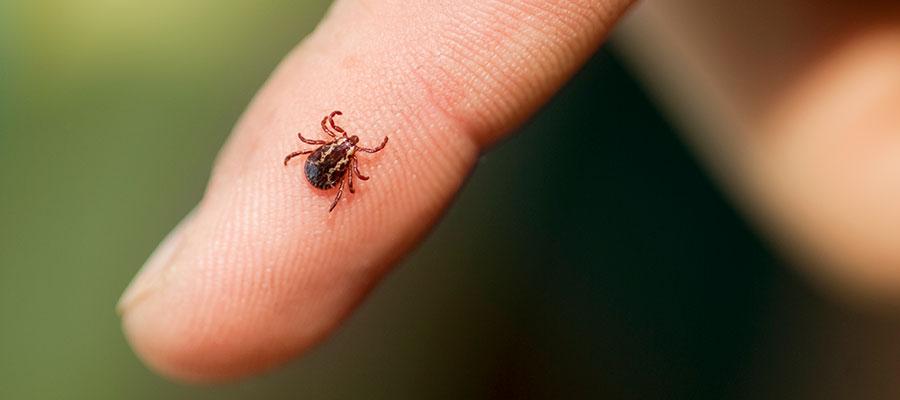Tickborne disease cases continue to climb

State and local health departments reported a record 59,349 tickborne disease cases in 2017, 22 percent more than in 2016, according to new data from the Centers for Disease Control and Prevention. Cases of Lyme disease, anaplasmosis/ehrlichiosis, spotted fever rickettsiosis (including Rocky Mountain spotted fever), babesiosis, tularemia and Powassan virus disease all increased, based on data from 17 reporting states. The reason for the increase is unclear, though factors such as temperature, rainfall, humidity and animal host populations can affect the number, the agency said. According to a CDC report in May, illnesses from mosquito, tick and flea bites have more than tripled since 2004 to more than 96,000 a year.
Related News Articles
Blog
The greatest success story of the 20th century is longevity. This is especially true in the United States, where average life expectancy at birth rose by more…
Headline
The Centers for Medicare & Medicaid Services July 10 issued a proposed rule that would increase Medicare hospital outpatient prospective payment system…
Chairperson's File
Hospitals and health systems have a long history of leading initiatives that improve individual and community health. By partnering with community-based…
Headline
The Department of Health and Human Services July 2 announced it will provide Medicaid and Children's Health Insurance Program coverage to incarcerated people…
Headline
AHA and the Institute for Diversity and Health Equity recently released the fourth of its five-part DEI Data Insights series, which highlights results from the…
Headline
Juneteenth reminds us of the enduring legacy of systemic inequities and the ongoing calling to dismantle them, wherever they exist, writes Daniel E. Dawes,…

